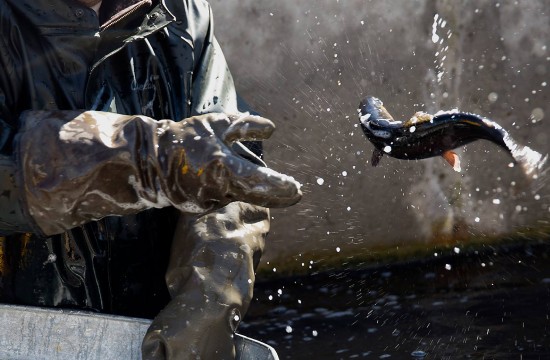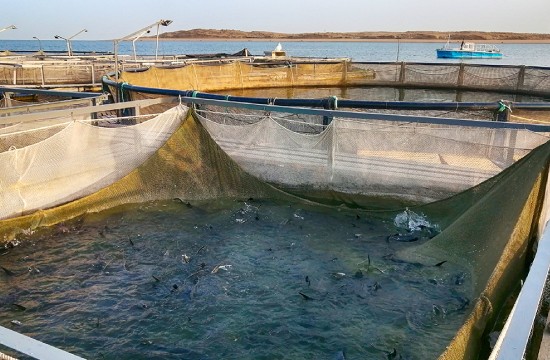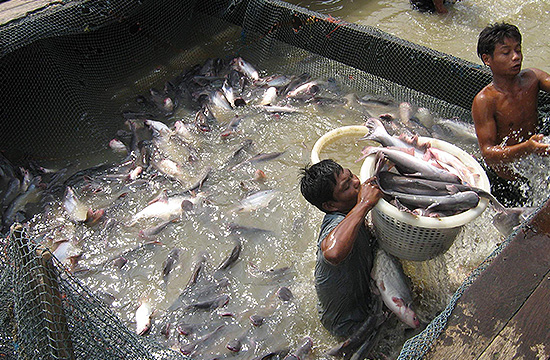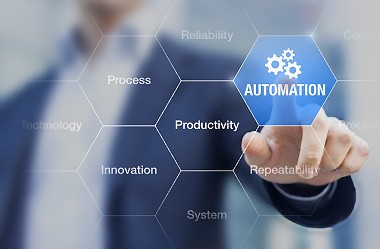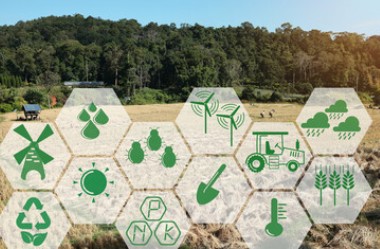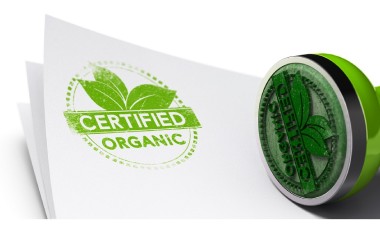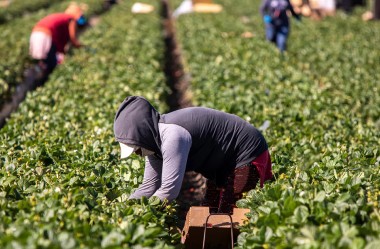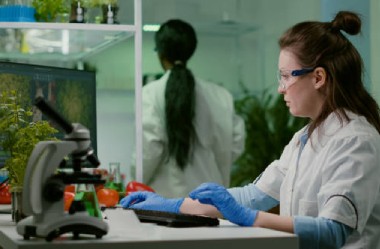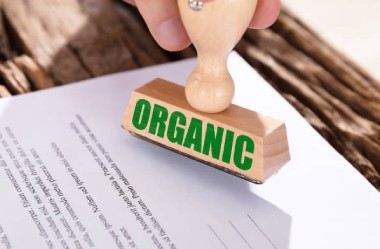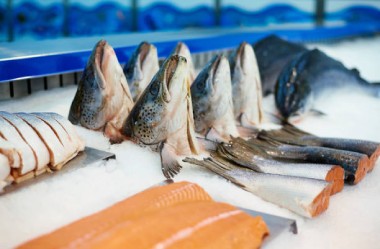Organigogo's "Building Bridges, Not Walls" mission embodies a commitment to collaboration and support instead of criticism. The organization seeks to bridge the gap between conventional and ecologically sustainable practices, recognizing the challenges of transitioning to new methods due to limited access to resources and information.
Responsible Growth
Organigogo emphasizes the risk of regular operations adopting unsustainable practices during expansion without ecological guidance in aquaculture. The increasing demand for seafood can drive the adoption of environmentally harmful practices, leading to resource depletion, environmental damage, and negative impacts like greenhouse gas emissions, global warming, and food insecurity. By emphasizing these challenges, Organigogo underscores the importance of ecological guidance and sustainable practices in aquaculture expansion to mitigate adverse effects and promote responsible and ethical growth within the industry. The organization also advocates for showcasing successful ecologically sustainable examples to demonstrate the feasibility of environmentally-friendly production methods.
Understanding the Challenges
The challenges of establishing organic aquaculture primarily revolve around the initial setup and infrastructure development, including substantial investments and technical expertise. On the other hand, expansion challenges focus on scaling up operations to meet market demand while maintaining organic standards and sustainability practices. Expansion challenges also encompass navigating governmental regulations, ensuring environmental impact aligns with sustainability goals, and accessing financial resources and investment opportunities to support growth. Therefore, the establishment challenges are more centered on the initial setup, while expansion challenges involve scaling up operations and overcoming additional regulatory and market-related obstacles.
Scaling Organic Aquaculture Operations
Embarking on scaling organic aquaculture operations unveils myriad complexities and obstacles that demand unwavering attention and strategic solutions. Over a decade, the visionary entrepreneur, Organigogo's team member, delved deep into the nuances of establishing an organic aquafarm. Through these experiences, a profound realization of the challenges encountered in scaling up such operations has come to light. Here, we illuminate the critical hurdles that must be overcome to realize the successful expansion of organic aquaculture:
Energy, Water, and Land: The foundation of scaling organic aquaculture is a substantial increase in energy, water, and land resources. This heightened demand for vital inputs emerges as a critical limitation. Various aquaculture systems exhibit diverse resource requirements, with intensive systems presenting the highest demands for energy and water. These constraints hinder investment incentives, technological advancements, and the adoption of sophisticated cultivation practices, thereby limiting opportunities for financing due to modest production capacities.
Infrastructure and Recirculation Systems: The selection of aptly sized water treatment systems plays a pivotal role in scaling operations. Oversized systems risk unnecessary capital expenditures, while undersized ones can compromise efficiency and sustainability. Achieving the delicate balance between system capacity and fish biomass proves instrumental. Moreover, some water treatment technologies may necessitate further refinement before successful scaling can be realized.
Need for Organic Seed Production: Producing organic seeds (larvae) mandates specialized breeding facilities. However, constraints stemming from organic criteria prohibiting hormone usage in broodstock feeding and fry production present challenges, creating a bottleneck in the scaling process.
Certified Raw Materials for Feed Production: The production of organic feed demands certified organic agricultural products. Obtaining such materials can be arduous due to limitations among local suppliers and certification costs, further complicating the scaling process.
Crop Rotation, Optimization, and Diversification: The expansion of organic aquaculture often underscores the promotion of integrated crops with diverse spectrums. Precise facilitation, planning, and coordination are essential to attain optimal facility capacity and enhance production methods.
Supply and Demand Alignment: The challenge persists in ensuring seamless alignment between production and market demands. Inadequate information flow between producers and markets leads to sluggish responses to market signals, instigating price volatility and product supply and pricing uncertainty.
Reliance on Fish Meal and Oil: Overreliance on fish meal and oil in feed production intensifies overfishing concerns and stresses aquatic ecosystems, necessitating the search for alternative protein sources for aquafeeds amid a supply outstripping demand scenario.
Carrying Capacity and Pollution: The scaling of aquaculture raises concerns over waste accumulation and heightened pollution levels in aquatic environments. Untended feed, fish waste, and by-products contribute to water quality degradation, necessitating robust waste management and efficient nutrient recycling strategies.
Predators: Managing or eradicating predators threatening farmed fish entails a delicate balance. Ineffective predator control can disrupt local ecosystems, urging meticulous considerations.
Technological Monopoly: The monopolization of technological advancements hinders equitable access to innovation, particularly for small-scale producers vying to scale up operations without cutting-edge technologies.
Telecommunications, Internet, and Digitalization: Disparities in digital access create a stark divide between small and large-scale producers, hindering economic opportunities and exacerbating marginalization among small organic producers.
Technology Transfer: Effective technology transfer and support are necessary to help small farmers acquire new equipment and systems. Building robust alliances across academia, industry, and divergent sectors is pivotal to fostering widespread technology adoption and integration.
Access to Financing: Limited financial access and the prevalent investor focus on short-term returns constitute significant obstacles in scaling sustainable organic aquaculture projects. The gap between the pressure for immediate returns and the enduring nature of agricultural pursuits presents formidable challenges.
The Triple Gap: Disparities in digital access, rural-urban divides, and vulnerabilities in technology access collectively pose a triple gap exacerbating economic marginalization and diminishing organic production opportunities.
The Collective Impact
Scaling organic aquaculture operations unveils a multifaceted challenge requiring a holistic approach entailing technological innovations, regulatory support, resource optimization, and knowledge dissemination. Overcoming these intricate obstacles promises a flourishing ecosystem conducive to organic aquaculture's expansive growth and sustainability.


